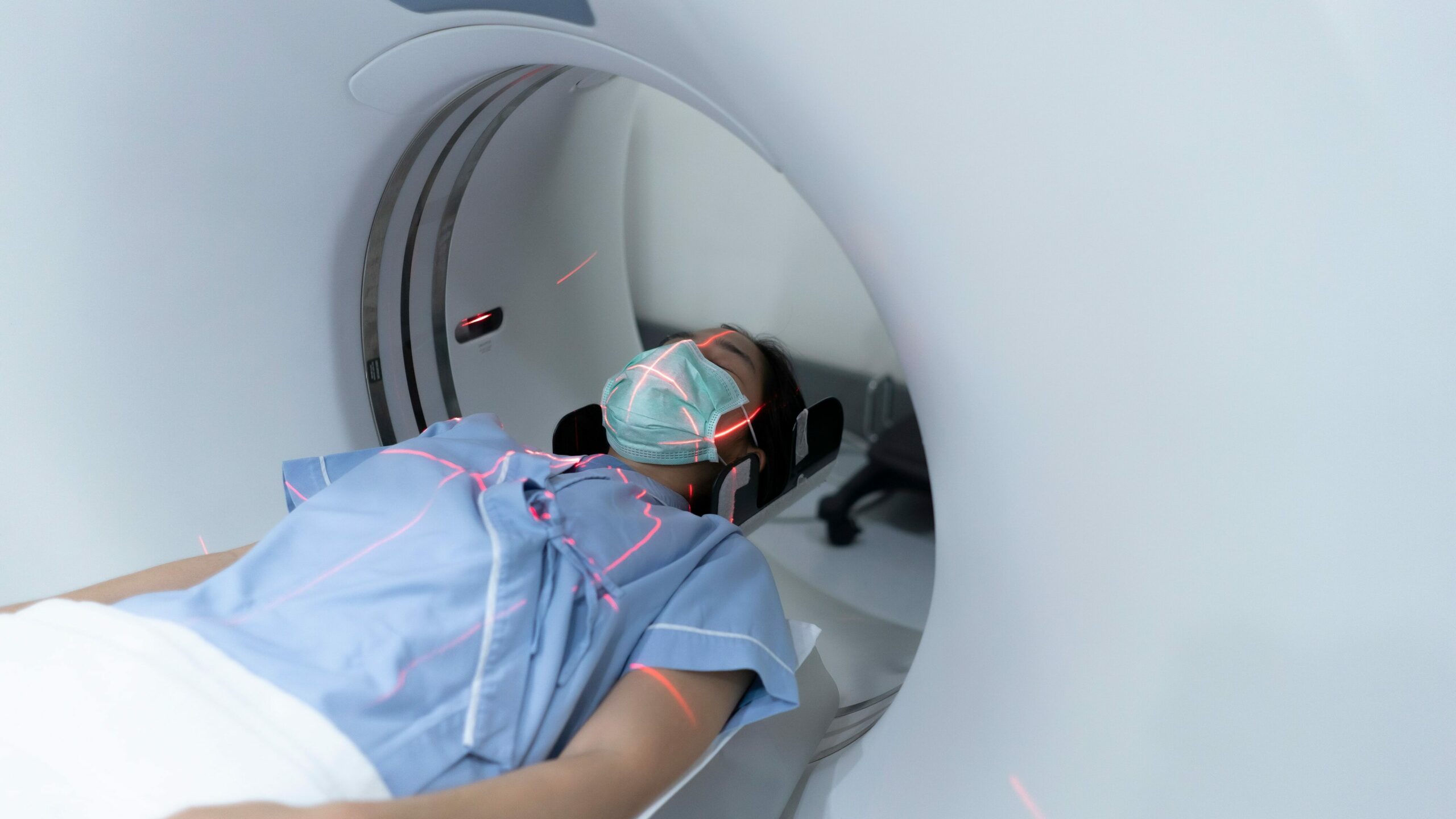Impact of Radiotherapy
Before each session of radiotherapy I had to give myself an enema to empty my bowel, and then drink a certain amount of water. [The prostate will move depending on the fullness of the bladder and bowel, so this process ensures that the area needing treatment is in the same place each time]. I had to write my name and the time that I had finished drinking my water on a piece of paper, and the radiographers would use this to know when to call me in. I can remember other patients in the waiting room, who didn’t have prostate cancer, wondering what this was all about.
During radiotherapy, I needed to use the toilet more often, as healthy tissue in my bladder and bowel were affected by the treatment. I felt fatigue and experienced mood changes, hot sweats and feeling light headed. I was still able to do things I enjoyed- I play a lot of music, sometimes in public, and I continued to do this through my treatment.




